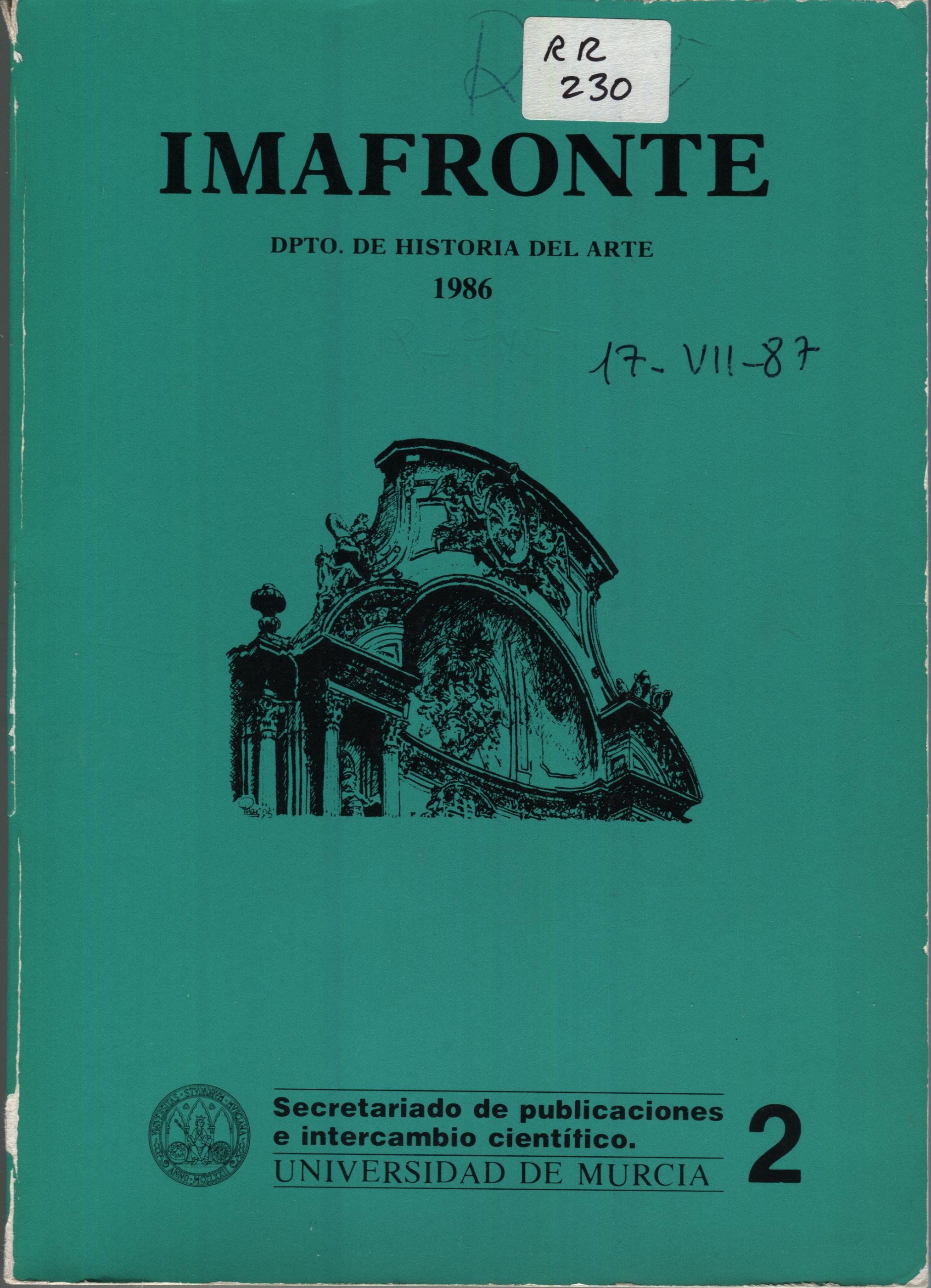NOTAS PARA EL NEOCLÁSICO CORDOBÉS
Abstract
During the second half of the XVIIIth century, Cordova and its province, as well as the rest of Spain, have known the existence r, side by side, of two quite different artistic tendencies on the one hand. the baroque style continued flourishing, although by the middle of the century it started to decline. On the other hand, new tastes began to be displayed, which finally turned towards neoclassicismn mainly encouraged by an enlightened élite both (the clergy and the nobility,.This last tendency finally prevailed, but only slowly and never attaning the bright of the buroque. However its importance may not be denied, because it meant a great effort in the renewal of Cordovan art. The changes towards classicism were launched by foreign artists. such as the Frenchman Baltasar Dreveton, to whom we are indebted for some of the most outstanding constructions of this period. among them the altarpiece of St. Agnes in the Cathedral and the Scholl of St. Victoria, on which Ventura Rodríguez also worked, a master who, owing to this circunstance, appears likewise associated to the initiation of Cordovan neoclassicism. the later prevailed completely in the last years of the, XVIIIth century, during Bishop Caballero y Góngora's lifetime, who founded the Academy of Fine Arts. Another most representative piece of work belongs to this period, the Church of the Oath of St. Raphael, a construction due to local artists, this showing that neoclassicism was no longer in foreigners' or strangers' hands, but had come into the hands of proper natives. In this way it was accepted by the artist of the country and extended until the middle, of the XIXth century.Downloads
-
Abstract333
-
PDF (Español (España))142
1. The authors non-exclusively assign the exploitation rights (reproduction, distribution, communication and transformation) to the magazine.
2. The works published in this magazine are subject to the Attribution-ShareAlike 4.0 International license (CC By SA 4.0). Therefore, they can be copied, used, disseminated, transmitted and publicly displayed, provided that:
i) the authorship and the original source of its publication (journal, editorial and URL of the work) are cited, thus allowing its recognition.
ii) it is allowed to remix, transform or create from the material while maintaining the same license as the original.

3. Self-archiving conditions. Authors are allowed and encouraged to electronically disseminate the pre-print (version before being evaluated) and/or post-print (version evaluated and accepted for publication) versions of their works before publication, as it favors their publication. Earlier circulation and diffusion and with it a possible increase in its citation and reach among the academic community. Color RoMEO: verde.





















